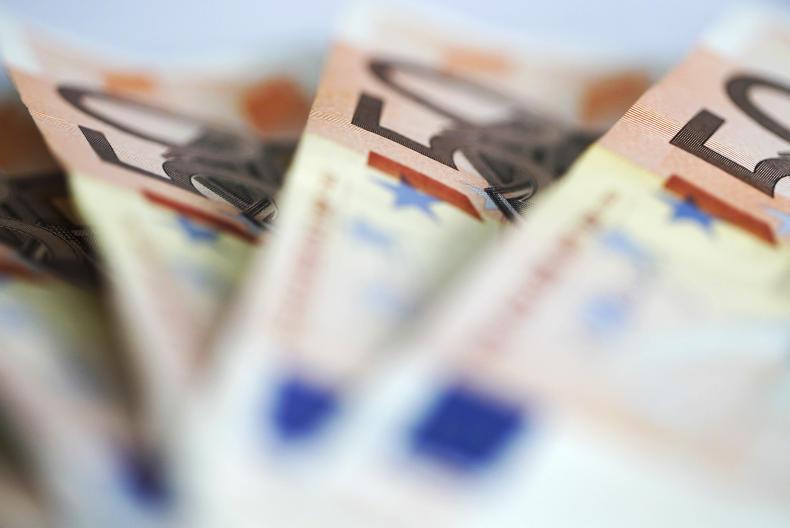Similar to the L’oreal shampoo slogan “because I’m worth it”, companies like to defend their CEO’s pay. After all, it is usually arrived at following a robust assessment of peer group companies by remuneration committees.
Shareholder rebellions on pay votes at AGMs have been the exception in Ireland, rather than the norm. However, this may be set to change, as seen at the 2017 Greencore AGM, where a resolution to double the CEO’s potential performance-based bonus from 100% of basic salary to 200% was only passed with the support of just under 60% of shareholders.
Rising pay
This analysis of the eight listed agribusiness plcs (IPL trades on the grey market) shows that the average total pay for CEOs continues to rise. Five out of eight of the CEOs received pay increases last year, with four of these receiving in excess of €1m for the first time ever.
Company size, performance and sector all play an important part in determining the level of CEO pay. However, competitive behaviour among companies to reward their
CEOs has also given rise to continual pay increases at the top.
Perhaps the most interesting part of CEO pay packets are the bonuses which, if achieved, can sometimes be as high as 200% of base salary. Whether they are 100% or 200% of base salary is immaterial. What are more important are the policies around setting and achieving the targets.
This usually falls to remuneration committees. While bonuses aim to align CEO pay with the performance of the company, in some instances bonuses are awarded for not making an operating loss or by returning a modest margin from the core business.
This can be very short term as there are many ways to hit a target in order to achieve a bonus.
It also raises the question is profit delivery a key performance indicator of any CEO in the first place and would metrics such as earnings per share growth be more aligned to the shareholder.
Read more
The million euro pay packets in Irish agribusiness
Applying the L'Oréal test to executive pay
Similar to the L’oreal shampoo slogan “because I’m worth it”, companies like to defend their CEO’s pay. After all, it is usually arrived at following a robust assessment of peer group companies by remuneration committees.
Shareholder rebellions on pay votes at AGMs have been the exception in Ireland, rather than the norm. However, this may be set to change, as seen at the 2017 Greencore AGM, where a resolution to double the CEO’s potential performance-based bonus from 100% of basic salary to 200% was only passed with the support of just under 60% of shareholders.
Rising pay
This analysis of the eight listed agribusiness plcs (IPL trades on the grey market) shows that the average total pay for CEOs continues to rise. Five out of eight of the CEOs received pay increases last year, with four of these receiving in excess of €1m for the first time ever.
Company size, performance and sector all play an important part in determining the level of CEO pay. However, competitive behaviour among companies to reward their
CEOs has also given rise to continual pay increases at the top.
Perhaps the most interesting part of CEO pay packets are the bonuses which, if achieved, can sometimes be as high as 200% of base salary. Whether they are 100% or 200% of base salary is immaterial. What are more important are the policies around setting and achieving the targets.
This usually falls to remuneration committees. While bonuses aim to align CEO pay with the performance of the company, in some instances bonuses are awarded for not making an operating loss or by returning a modest margin from the core business.
This can be very short term as there are many ways to hit a target in order to achieve a bonus.
It also raises the question is profit delivery a key performance indicator of any CEO in the first place and would metrics such as earnings per share growth be more aligned to the shareholder.
Read more
The million euro pay packets in Irish agribusiness
Applying the L'Oréal test to executive pay






 This is a subscriber-only article
This is a subscriber-only article









SHARING OPTIONS: